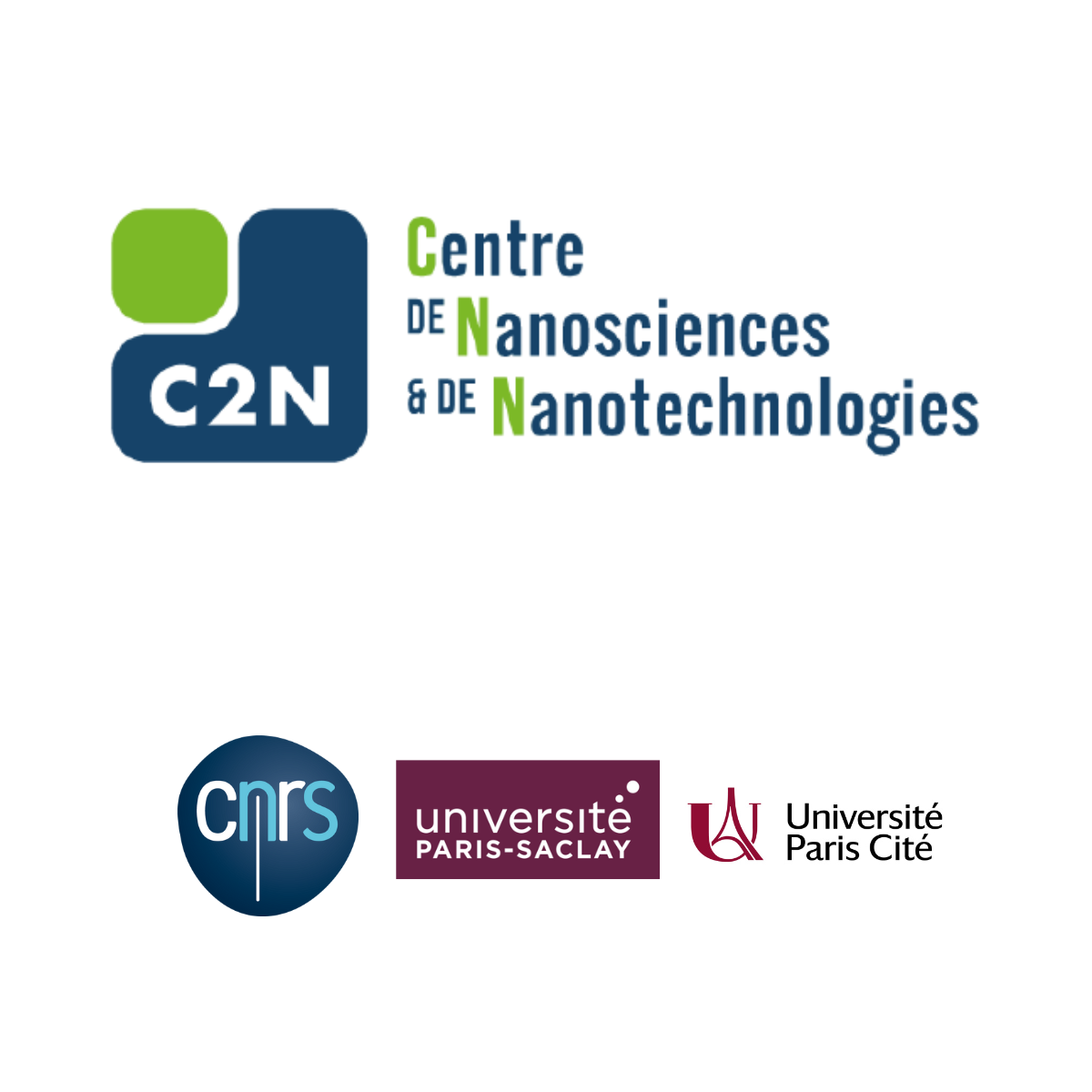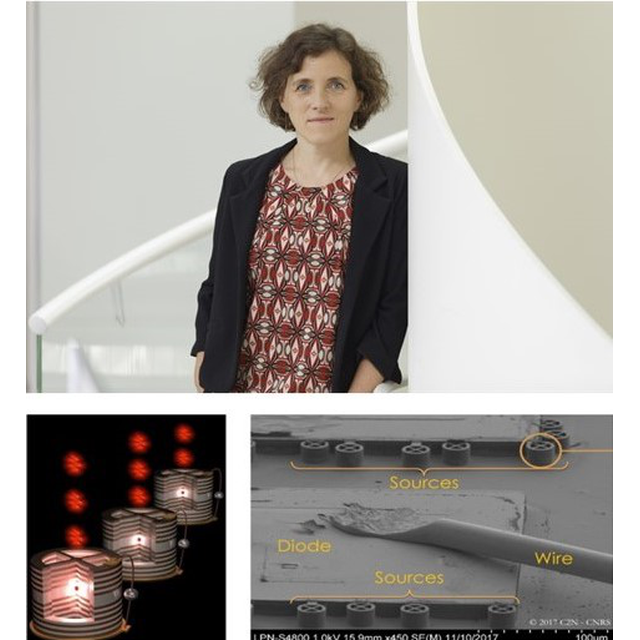
Séminaires

Les merveilleux nuages; que faire du nucléaire ?
C2N amphitheater, ,Séminaires
C’est d’abord la structure sociale et économique qui détermine la manière d’utiliser l’énergie. Or les sociétés changeront profondément dans les trois décennies à venir sous la pression des changements du climat et du vivant. Le projet annoncé de “nouveau nucléaire” en France contribuerait-il à une adaptation soutenable de la société à ces transformations, d’ici 2050 ? Ce devra(it) être le sujet d’un débat public, informé et démocratique. On propose un bref examen de l’histoire et de la faisabilité industrielle, économique et sociale du nucléaire face aux urgences imposées par les changements planétaires.
Harry Bernas est physicien (nanosciences, matériaux irradiés). Il a dirigé le Centre de sciences nucléaires et de sciences de la matière (CNRS-Université Paris-Saclay). Récemment il a publié, outre des travaux en matière d’histoire contemporaine des sciences et des rapports sciences-technologie-société, un ouvrage, L’Île au bonheur (éd. Le Pommier, 2022). Ce séminaire est issu de son dernier livre (éd. Seuil, sept. 2023)

(en anglais) First C2N Colloquium 2024 - Quantum dots : a journey from solid-state physics to quantum technologies
C2N - Université Paris-Saclay, Amphitheater, PalaiseauSéminaires
Semiconductor quantum dots have emerged as interesting quantum emitters for quantum technologies. First synthetized in the laboratories of France Telecom in the mid 80s, their quantum properties have been unraveled in 1994 by Jean-Yves Marzin and Jean-Michel Gérard [1]. Progressively, quantum dots have been shown to behave as artificial atoms, combining the great potential for quantum optics of natural atoms, with unique features arising from their solid-state environment.
In this talk, I will discuss how our team at C2N contributed to this journey from solid-state nanophotonics to quantum technologies. I will fist explain how we have progressively developed efficient sources of single and entangled photons [2] that are now commercialized by the C2N spin-off Quandela. These devices allow implementing small-scale quantum computing protocols with 6 photons [3]. To scale-up, we recently reached an important milestone where multiple photons are entangled with a single spin [4]. Finally, I will illustrate how the maturity of our devices now allow us to go back to fundamental studies such as revisiting the process of spontaneous emission [5,6] or studying energetic exchanges in the quantum realm [7].
[1] J. -Y. Marzin, et al., Phys. Rev. Lett. 73, 716 (1994)
[2] N. Somaschi, V. Giesz et al, Nature Photonics 10, 340-345, (2016)
[3] N. Maring et al., arXiv:2306.00874
[4] N. Coste et al., Nature Photonics (2023)
[5] J. Loredo et al, Nature Photonics 13, 803 (2019)
[6] S. Wein et al, Nature Photonics 16, 374 (2022)
[7] I. Maillette de Buy Wenniger, Physical Review Letter (2023)
Keywords: quantum dots, microcavities, single photons, quantum computing
Bio
Graduated from École Polytechnique and Doctor in Quantum Physics from Université Paris 6, Pascale Senellart joined the CNRS in 2001. She was appointed senior researcher in 2011 and associate professor at Polytechnique in 2014. Her research activity is at the interface between nanosciences, semiconductor physics and quantum optics. She received the CNRS Silver Medal in 2014, the Prix Mergier-Bourdeix in 2021, the Prix Jean Ricard in 2023 and was elected at the French Science Academy in 2022. She is co-founder and scientific advisor of the C2N spin-off Quandela who develops solutions for optical quantum computing.
Welcome at 9:30 am with a coffee - croissant time